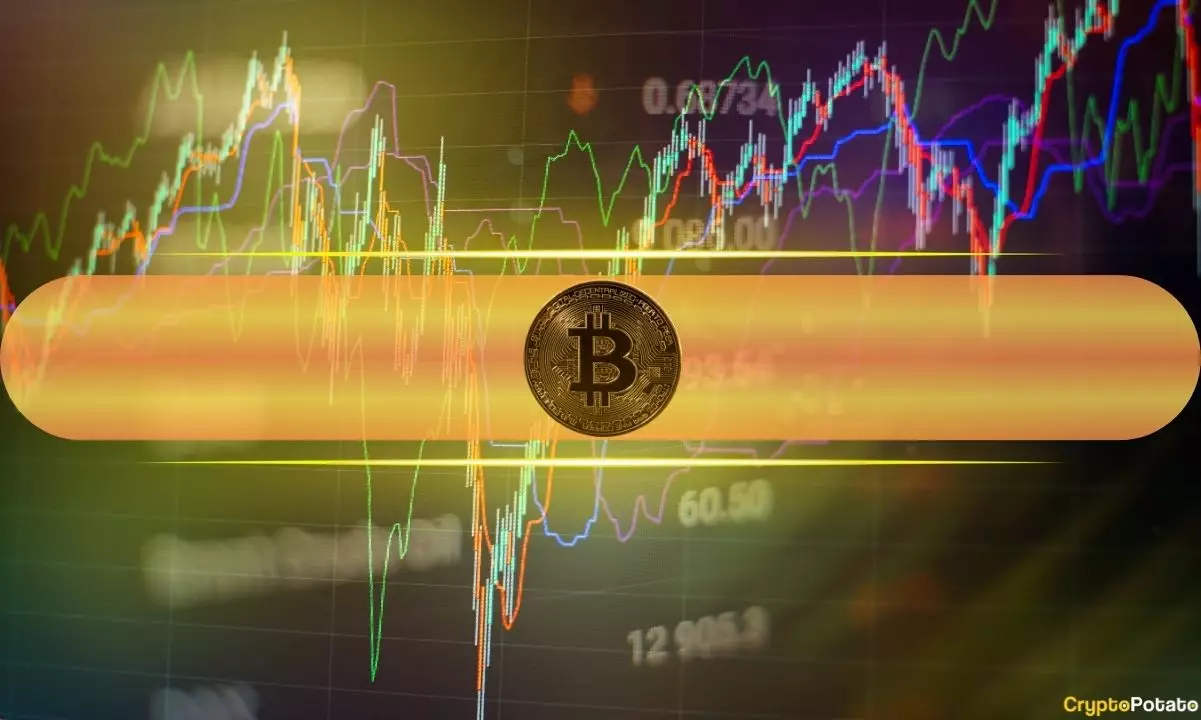The recent Purchasing Managers’ Index (PMI) reports have thrown a glaring spotlight on the health of the American economy, revealing a disheartening contraction in both manufacturing and services. With manufacturing activity shrinking for the third consecutive month and services experiencing a decline for the first time in nearly a year, one can’t help but raise an eyebrow at the resilience and sustainability of the current economic recovery. Such an environment raises serious concerns about whether temporary growth spurts can withstand external shocks and changing consumer behaviors.
The Cryptocurrency Market’s Uncertain Landscape
Amid this troubling economic landscape, the cryptocurrency markets have exhibited a frenetic volatility spurred by a contentious exchange between political heavyweight Donald Trump and tech visionary Elon Musk. While the initial tumult seems to have settled, the crypto space remains a powder keg, poised to react to incoming economic data. This projected instability becomes even more pronounced with crucial reports on inflation and consumer sentiment looming on the horizon. Investors must tread carefully, as the crypto market is not just a refuge for innovation, but increasingly, a gambling arena influenced by the oft-irrational whims of public figures.
The Inflation Predicament: CPI and PPI Reports
The spotlight this week will undoubtedly be on the Consumer Price Index (CPI) report for May, which is anticipated to reaffirm that inflationary pressures are alive and well. This report is closely scrutinized by both central bank policymakers and investors because it provides insight into price trends affecting everyday consumers. Also coming into play is the Producer Price Index (PPI) report, which offers a forward-looking indicator of retail pricing efficiencies and inflation. Pending these revelations, the pressure is on; could we be standing at the precipice of an inflationary nightmare?
Consumer Sentiment: The Heartbeat of Economic Growth
Also of significant importance is the forthcoming Michigan Consumer Sentiment Index, a barometer for overall economic confidence. In an era where consumer behavior heavily dictates spending patterns and economic growth, this figure cannot be overlooked. Low consumer confidence can trigger a domino effect, dampening growth projections and resulting in a tightening of spending. It is imperative for policymakers to not only acknowledge but also understand the underlying causes driving consumer sentiment, as the socio-economic landscape evolves.
The Irrepressible Pressure on Interest Rates
According to tools like the CME Fed Watch, the likelihood for interest rates to remain stable at the Federal Reserve’s upcoming meeting stands at an overwhelming 99.9%. While some may view stability as a positive omen, it is often the harbinger of stagnation. The Federal Reserve’s motivations for maintaining rates can be viewed critically; is it political expediency or genuine confidence in the economy’s capacity to flourish? The answers to these pressing questions may well dictate whether we are on the verge of a recession or merely caught in a moment of economic recalibration.
In reflecting on the juxtaposition of these economic indicators, it becomes clear that we are navigating a perilous path laden with uncertainties. The combination of faltering sectors, wavering consumer confidence, and unstable digital assets paints a vivid picture of a complex economic tapestry. Whether the confluence of these factors will lead to meaningful change or a disastrous nosedive remains to be seen.

